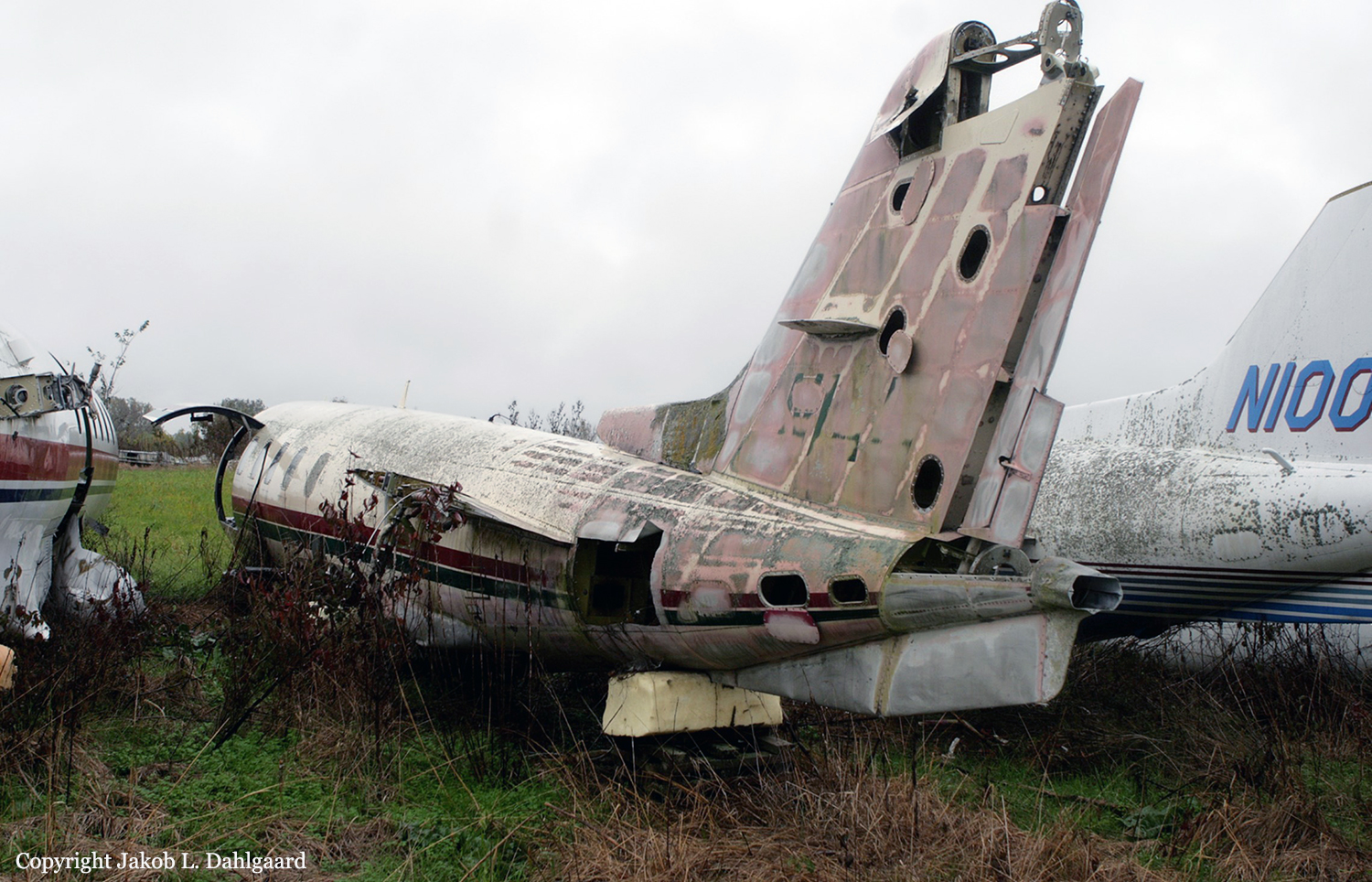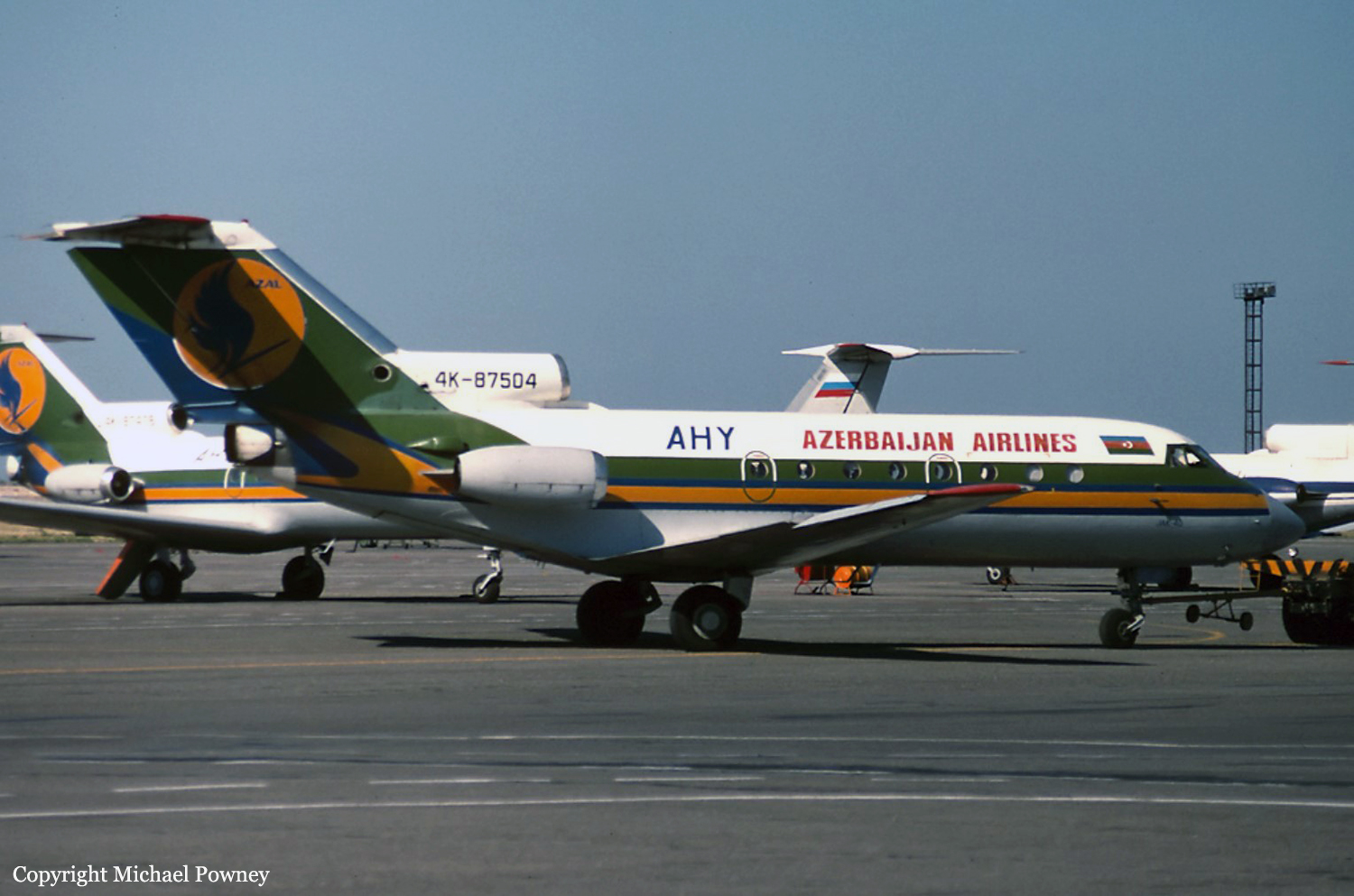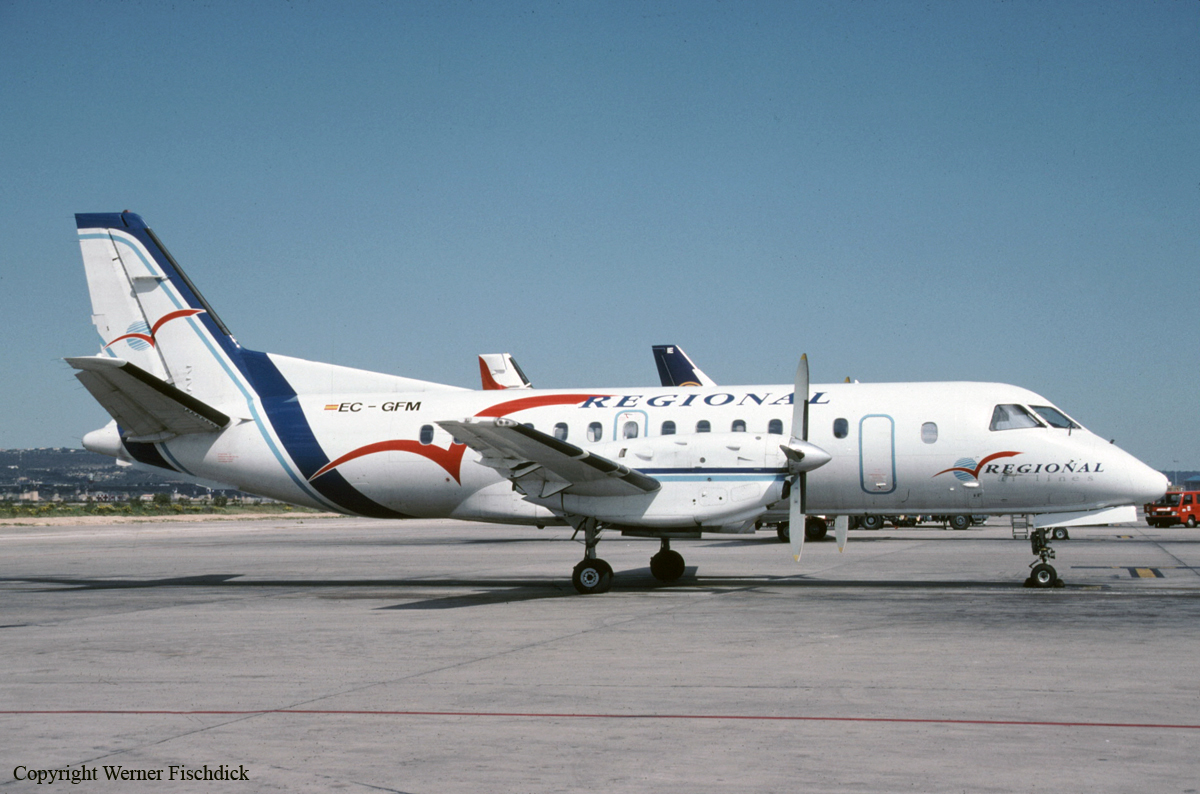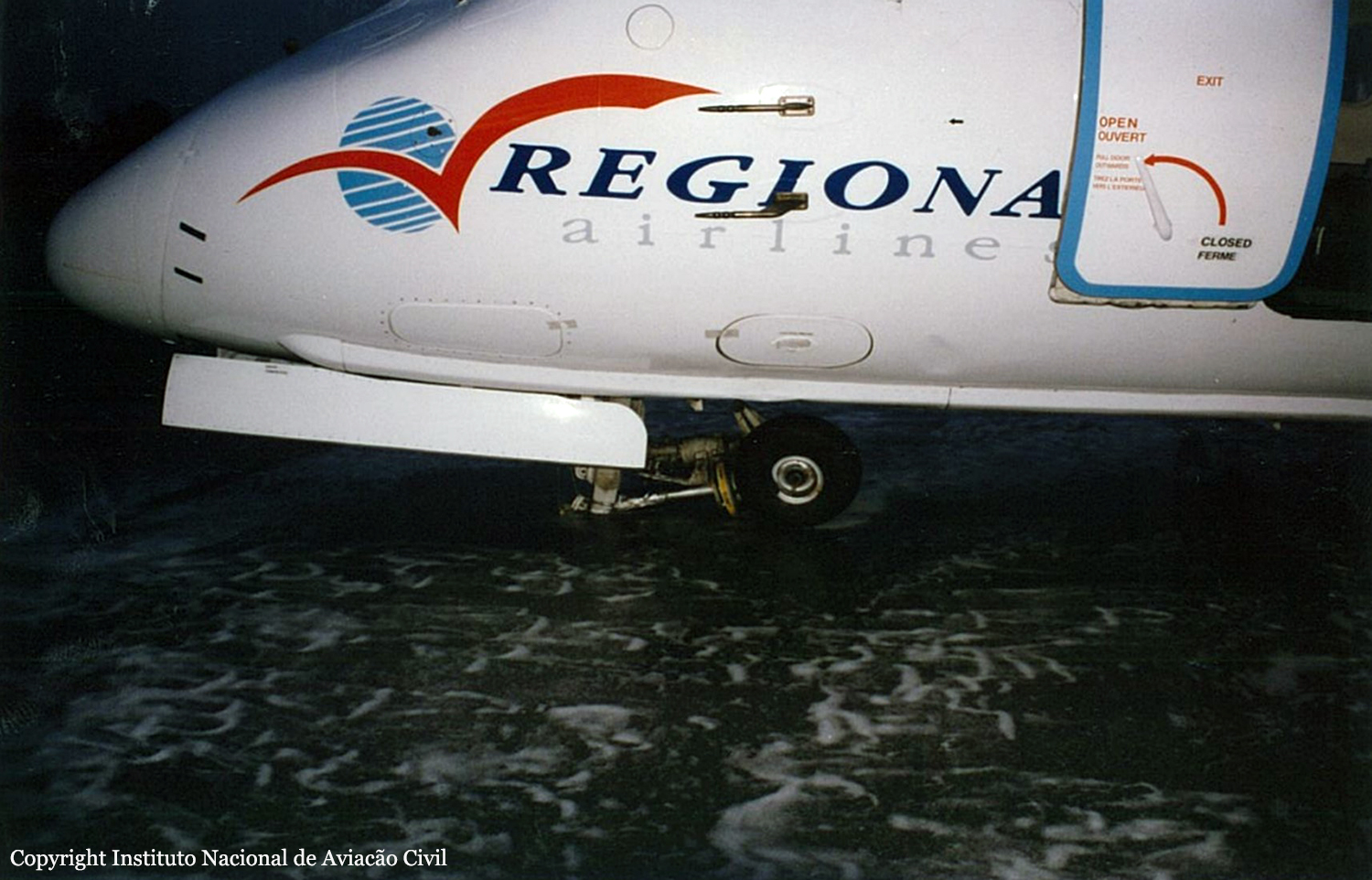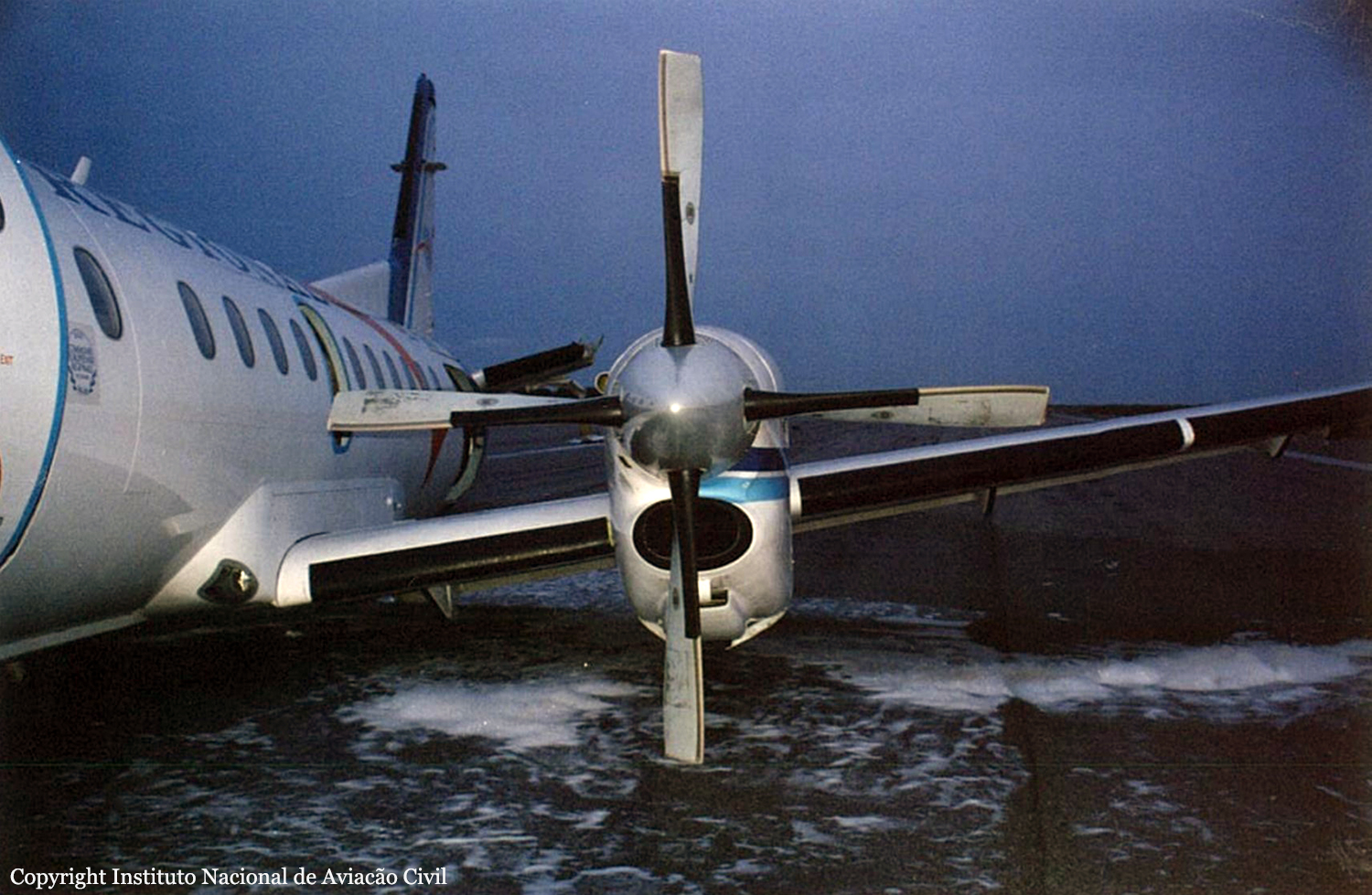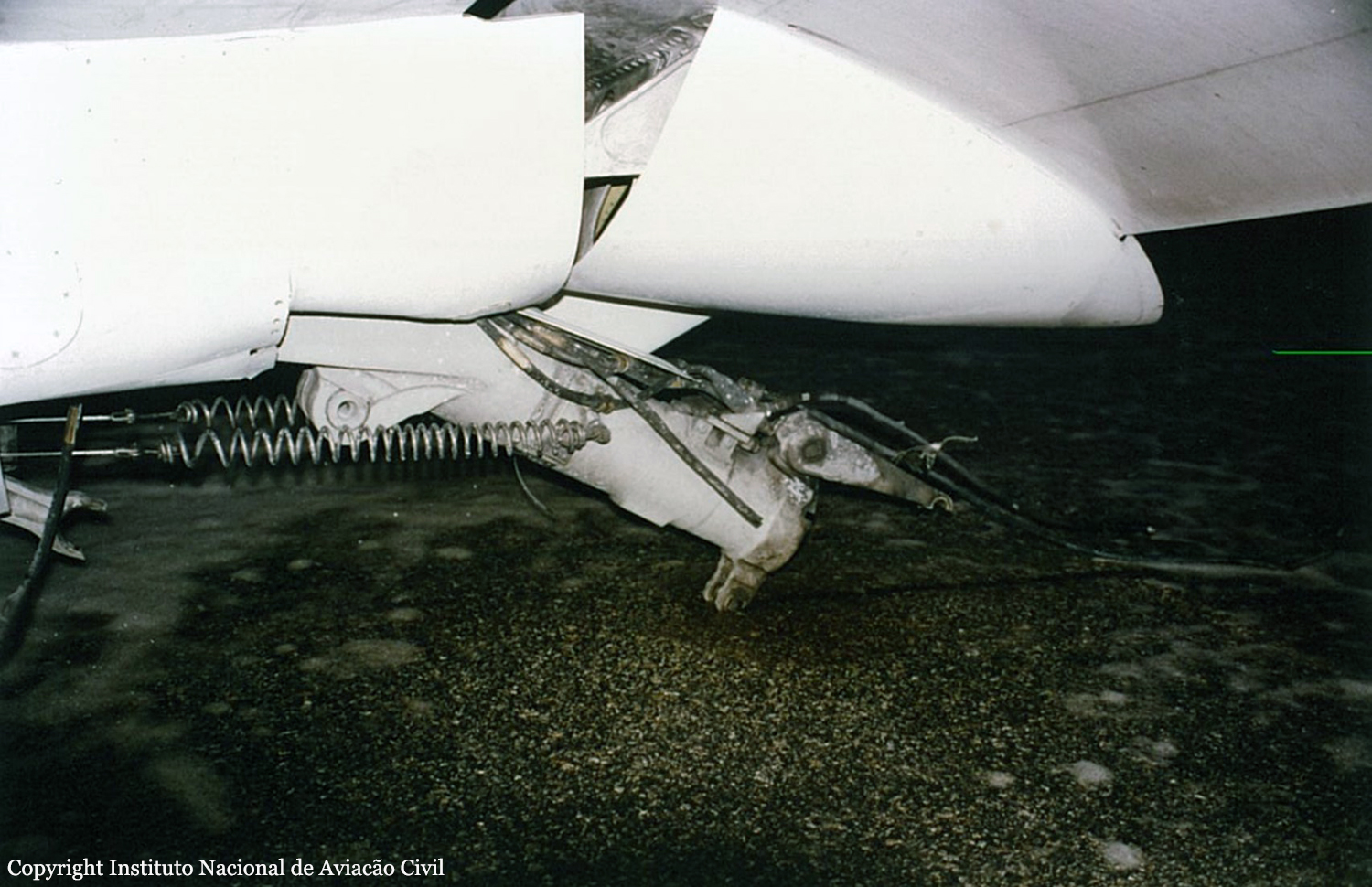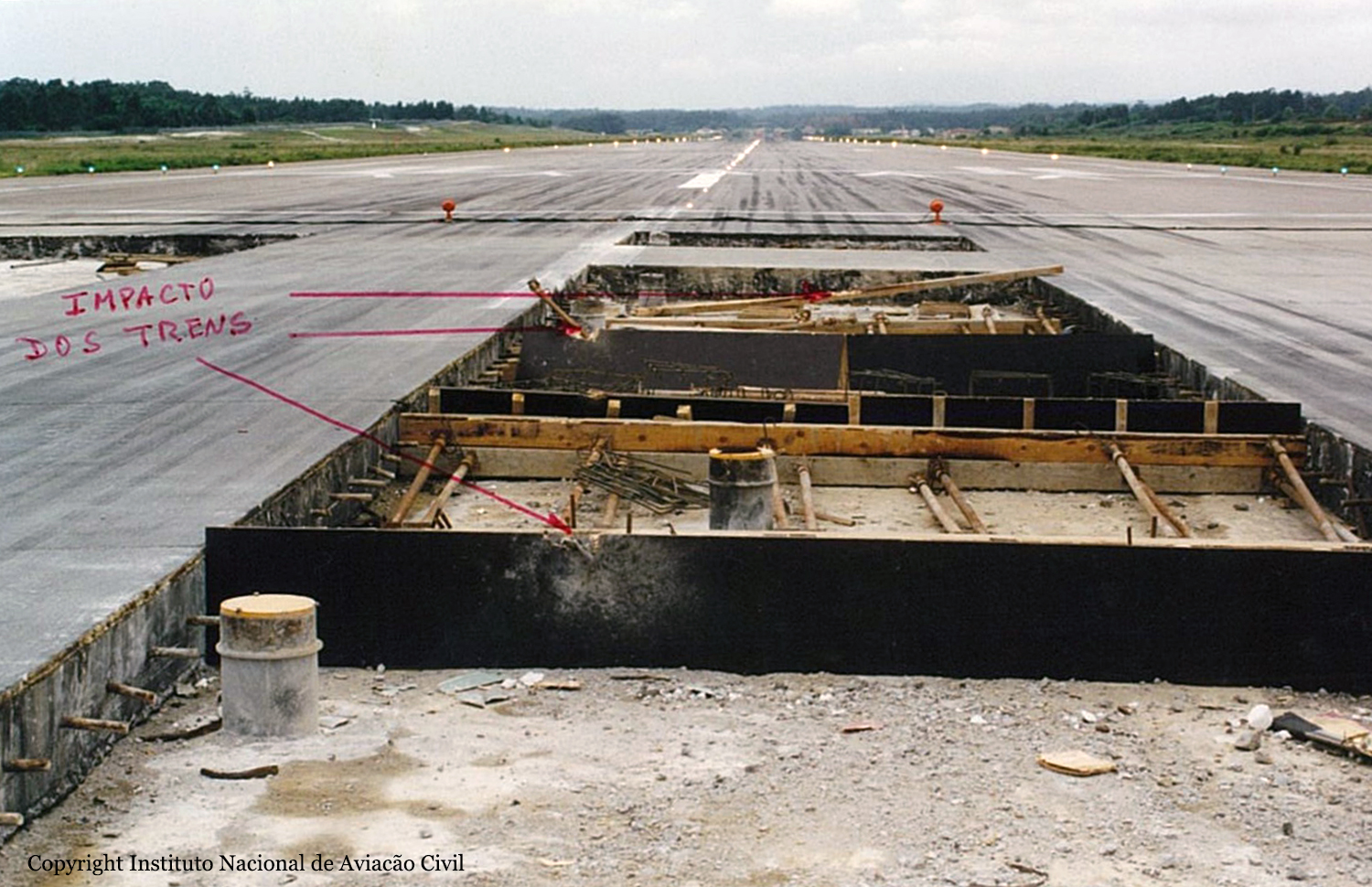Crash of an Embraer EMB-820C Navajo in Jacobina: 4 killed
Date & Time:
Jun 5, 1997 at 1245 LT
Registration:
PT-ENI
Survivors:
No
Schedule:
Jacobina - Salvador
MSN:
820-068
YOM:
1978
Crew on board:
2
Crew fatalities:
Pax on board:
2
Pax fatalities:
Other fatalities:
Total fatalities:
4
Captain / Total hours on type:
180.00
Copilot / Total hours on type:
133
Circumstances:
Shortly after takeoff from Jacobina Airport, while in initial climb, the left engine lost power. The crew initiated a sharp turn to the left when the aircraft lost height, struck an electric pole and crashed near the runway end. The aircraft was destroyed and all four occupants were killed.
Probable cause:
The following findings were identified:
- Poor crew training,
- Pool fuel consumption calculation on part of the crew,
- Wrong crew's decision to fly on one engine,
- Inappropriate of aircraft controls,
- Poor crew coordination,
- Poor flight planning.
- Poor crew training,
- Pool fuel consumption calculation on part of the crew,
- Wrong crew's decision to fly on one engine,
- Inappropriate of aircraft controls,
- Poor crew coordination,
- Poor flight planning.
Final Report:






